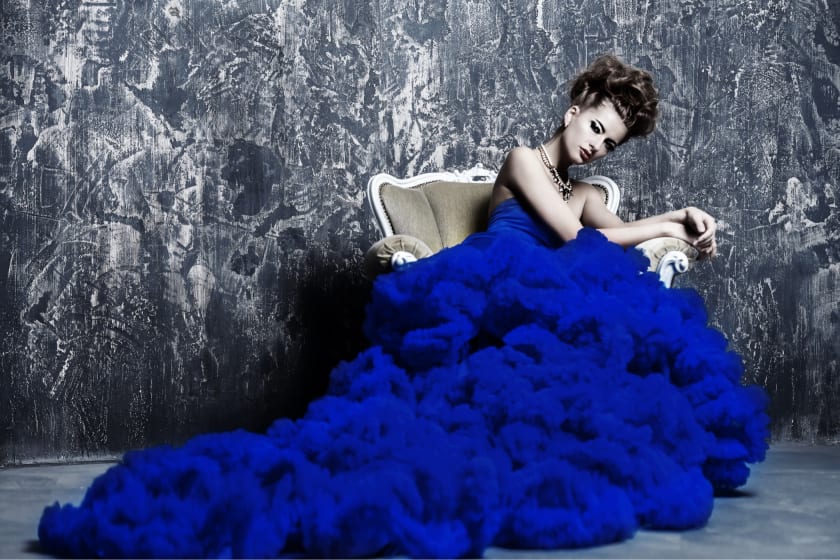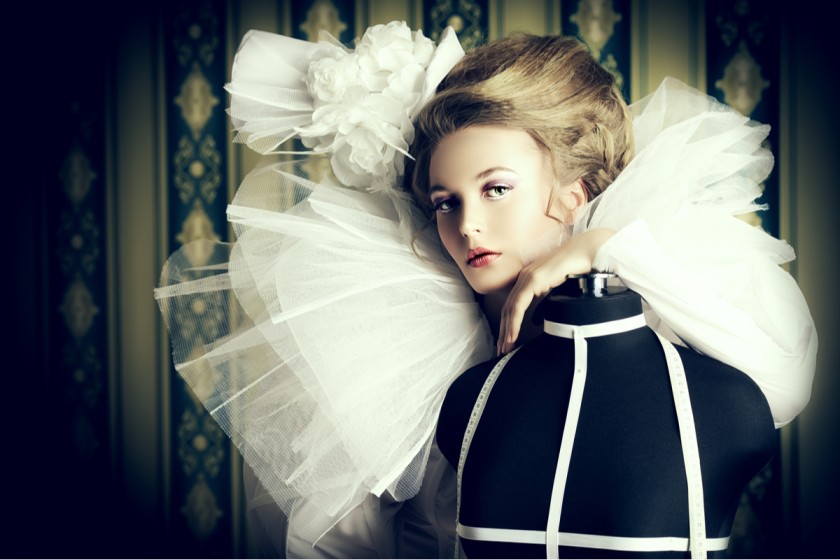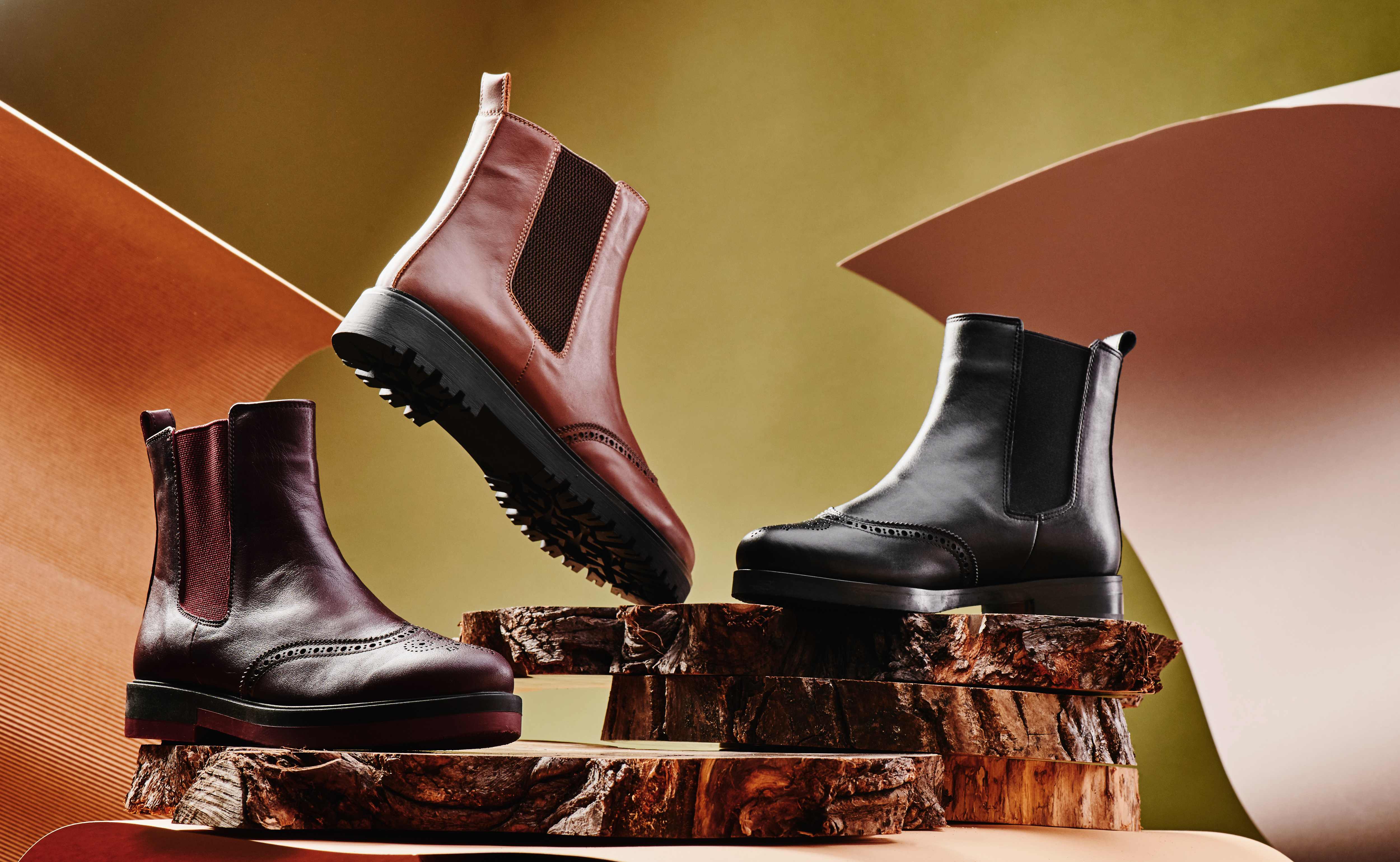What is Haute Couture And Why Does It Matter?



What is Haute Couture?
If we take the words literally, “haute” implies “high-end” and a “couture” garment is any piece made to order for a particular client. It is often confused with expensive fashionable clothing, but it is much more than that. Haute couture is custom-fitted clothing made for clients who don’t care about the price tag and can often involve the best of fabrics and time-consuming hand-stitched detail that is impossible to mass-manufacture. In France, ‘haute couture is protected, and the clothing must meet specific standards to be called haute couture. The Chambre Syndicale de la Haute Couture (under the French Department of Industry) lays the following rules for a business to qualify as an Haute Couture House:
- The business must provide made-to-order clothes for private clients, with more than one fitting.
- The workshop or atelier must employ at least 15 full-time employees.
- The business must have at least 20 full-time technical workers in one of its workshops.
- The business must present a collection of a minimum of 50 original designs per season (spring/summer and fall/winter). This collection can include day wear or evening wear looks, or any combination of either.
The Chambre Syndicale de la Haute Couture has 18 members, including the heavyweights Coco Chanel and Christian Dior.
Unfortunately, many new business houses throw around the term ‘haute couture’ without considering these conditions and may find themselves in legal trouble. High-quality factory-made pieces may be labeled Prêt-à-Porter. Such pieces can also be made available to multiple clients, although they may or may not be mass-produced.
Charles Fredrick Worth is considered to be the father of haute couture. He wasn’t the first person to establish a business that provided high-quality bespoke garments, but he was one of the firsts to market it aggressively and make it his entire selling point. His career started with him working as a clerk for textile merchants. This gave him an in-depth knowledge of the business, as well as knowledge of textiles. He then began his journey as a designer, creating one-of-a-kind dresses for French royalty. His success reached its pinnacle in 1860 when the empress of France became a patron. Today, couture houses carry that tradition forward as they create pieces that are considered the epitome of luxury.
With the rise in the number of red carpet events televised publicly, the couture gown has become more visible than ever. The question remains, though- why would certain clients pay a six-figure sum for a single item of clothing? Why do designers still produce haute couture in this day and age of fast fashion?
Why Do Clients and Designers Still Love Haute Couture?

Many processes of manufacturing a garment have become automated, and that has driven the price of most garments down in recent decades. However, machine-made creations cannot hold a candle to handmade designs. Artists and artisans value couture pieces because it showcases their hard work. Many embroidery and beadwork techniques would have gone extinct if fast fashion was the only type of clothing available - it simply takes too long for those techniques to be mass-produced. This is also a great opportunity to showcase a new fabric or technique before it becomes mainstream. A recent example of this was Stella McCartney’s show with pineapple leather garments- the textile is now becoming mainstream.
Clients can relish in the fact that they have a piece that no one else can own that is unique to them. They may not understand the craftsmanship that goes into creating a piece, but they can still have the pleasure of owning the ultimate luxury item.
This is also an outlet for the designer’s most creative side, which may not be that profitable. Here, the designer can create clothing that they wish to create, not driven by the market demand. And yet, many such outrageous ideas, if taken up well, show up in everyday fashion in a slightly more toned-down form. For example, the low-waist jeans that became ubiquitous in the early 2000s is said to be a more wearable form of Alexander McQueen’s bumster jeans. This is also a show of financial health by a design house- the more extravagant the haute couture designs, the more financially strong the brand is perceived to be. When Versace stopped their haute couture show in 2008, it was a signal to everyone else that they were doing poorly financially.
Couture shows are also a way for a brand to broadcast its signature design philosophy to its clients. This is where they build their presence in the media. Think Audrey Hepburn in Givenchy and Aishwarya Rai in Elie Saab- the couture pieces grabbed as much media attention as the leading ladies wearing them. Having a great couture piece can keep your brand value alive in the public imagination. And what serious designer would not want to be associated with fine craft and luxury?
Is Haute Couture Going Out of Fashion?

There has been a recent downtrend in fashion houses opting to do haute couture. Even the most established brands have to admit that the largest percentage of their profits comes from items that are affordably priced, such as perfumes, makeup and ready-to-wear lines. Most people seen in couture creations do not own the items, they are loaned to them by the fashion house. If even the most glamorous Hollywood actresses cannot afford a couture piece, who can?
It is estimated that only about 3000 people in the world buy couture. 60% of the clientele is still American, but a rising market for such pieces is seen in the Middle East, China, and Russia, as these countries become more prosperous. In a world where the number of billionaires is rising, couture continues to sell. Most businesses are not even looking to make a profit on these pieces anyway - it is the prestige gained by these pieces that sells their more pocket-friendly creations.
While many people raise moral concerns over creating a garment that costs as much as a sports car, especially when there are millions of people who are starving, artists justify this cost. It is the ultimate antidote to fast and cheap fashion - intentional fashion, produced slowly and ethically, with the best for one particular customer in mind. The haute couture houses do, after all, generate employment for hundreds of artisans, from those who create the finest fabrics to those who practice niche techniques. They also justify haute couture as a preserver of cultural heritage, keeping fabric art forms alive. However, in the global age, Paris no longer has the only word in on what counts as ‘couture’. Many customers are turning to other fashion hubs to find their dream design. It may not be as rigid in its rules as before, but couture is not going anywhere.
In essence, a couture gown is the movie ideal of a garment - an average person may never be able to achieve it, but it provides an aspirational dream. It is meant for the ultra-wealthy, and yet it keeps artisans in the business. It remains the statement a fashion house can make to let the competition know that it has its own vision and voice.
Fashinza can help businesses find any textile that helps them fulfill their design dreams, couture or mass-produced. Find their solutions here.



















